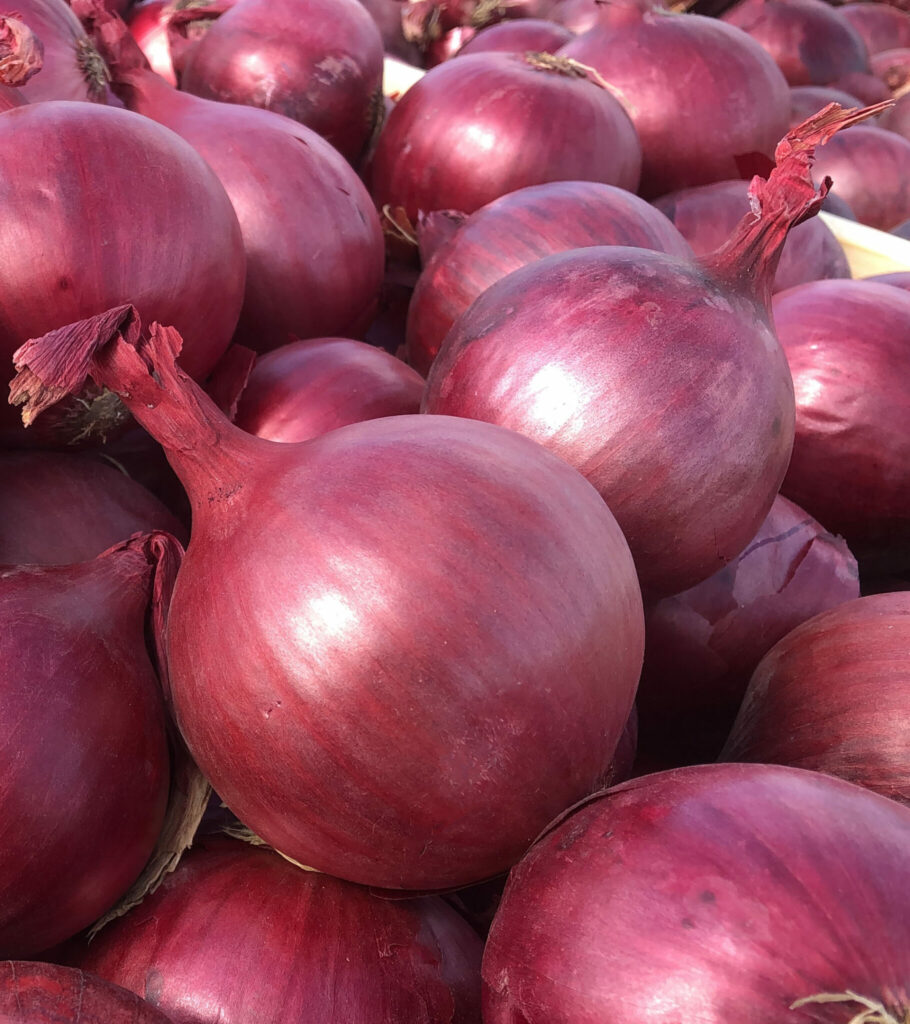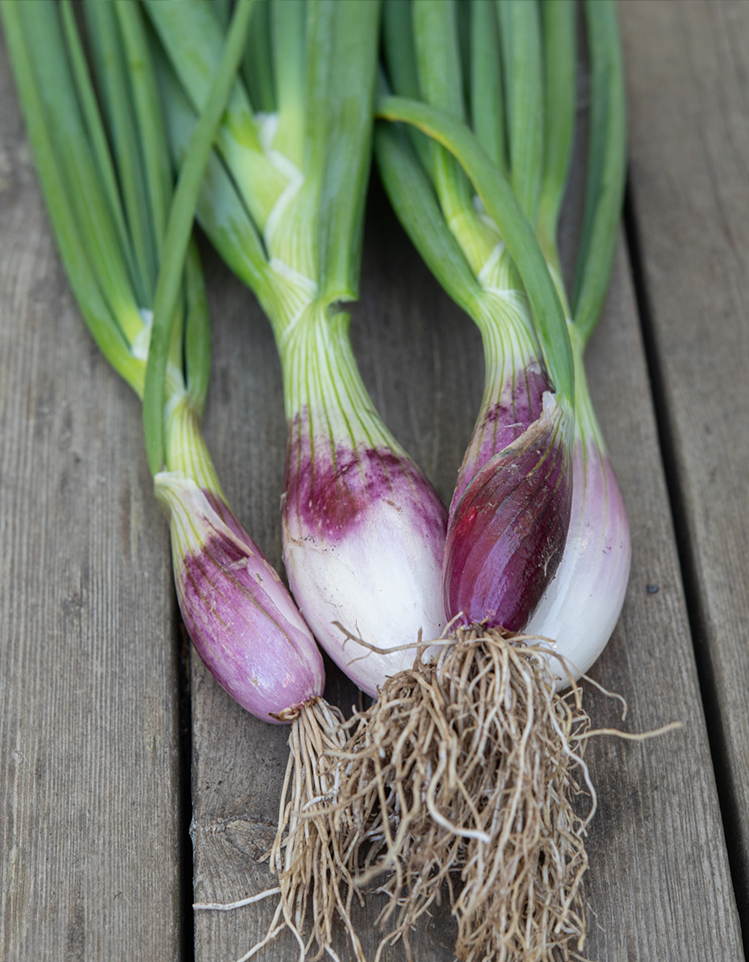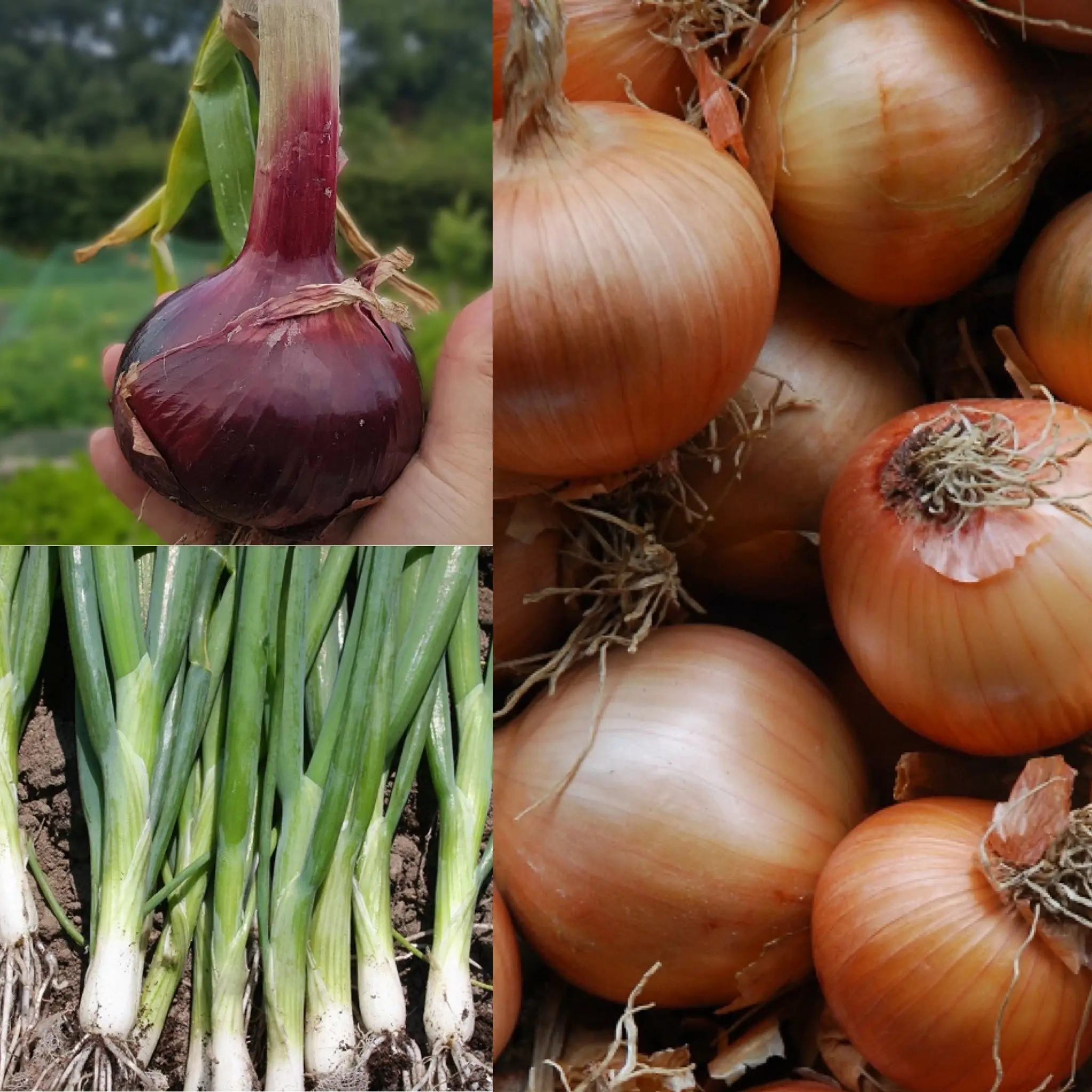Onions are a versatile and essential ingredient in many kitchens, but not all onions are created equal. They are categorized into two main types based on their photoperiodic response: long day and short day onions. Understanding the differences between these types can help UK gardeners and consumers make informed decisions about which onions to grow or purchase.
What is Photoperiodic Response?
In simple terms, photoperiodic response refers to how plants respond to the length of day and night. For onions, this means the amount of daylight they need to start forming bulbs. Some onions need long days with lots of sunlight, while others need shorter days with less sunlight. This difference helps determine which type of onion will grow best in a particular region.
Long Day Onions
Long day onions require about 14 to 16 hours of daylight to form bulbs. They are typically grown in regions with longer summer days. These onions are planted in early spring and harvested in late summer.
Characteristics of Long Day Onions:
- Size and Shape: Generally larger and more globe-shaped.
- Flavour: Tend to be more pungent and have a stronger flavour.
- Storage: Have a longer storage life, making them ideal for keeping through the winter months.

Popular Long Day Varieties Available at Grown Local:
- Onion Red Baron Seeds: Known for their slightly flattened globe-shaped bulbs and excellent storage capabilities. These onions are perfect for allotments and home gardens.
- Onion Rijnsburger Seeds: These produce large, golden-skinned onions with solid white flesh, ideal for high yields in home gardens.
Short Day Onions

Short day onions need only 10 to 12 hours of daylight to start forming bulbs. They are best suited for regions with milder winters and shorter days. These onions are usually planted in the autumn and harvested in late spring or early summer.
Characteristics of Short Day Onions:
- Size and Shape: Typically smaller and more flattened in shape.
- Flavour: Generally milder and sweeter compared to long day onions.
- Storage: Have a shorter storage life and are best consumed fresh.
Popular Short Day Varieties:
- Onion Senshyu Yellow: This variety is known for its excellent winter hardiness and can be planted in autumn for a late spring harvest. It produces medium-sized, yellow-skinned onions with a sweet and mild flavour.
Intermediate Day Onions
There is also a third category known as intermediate day onions, which require about 12 to 14 hours of daylight. These onions can be grown in a wider range of latitudes and are often used as a versatile option for gardeners in transitional zones. Intermediate day onions can also be grown in a greenhouse, even in regions like Scotland, to extend their growing season and improve yields.
Characteristics of Intermediate Day Onions:
- Adaptability: Can be grown in various regions, making them a flexible choice.
- Flavour and Size: Typically fall between the characteristics of long day and short day onions.
Bunching Onions

Bunching onions, such as White Lisbon and Ishikura, do not form bulbs like typical onions. Instead, they are grown for their long, green stems and mild-flavoured stalks.
Characteristics of Bunching Onions:
- Size and Shape: They have long, slender, green stems without forming significant bulbs.
- Flavour: Generally milder and sweeter compared to bulb-forming onions, making them perfect for salads, soups, and stir-fries.
- Growth: They are hardy and can be grown year-round in milder climates.
Popular Bunching Onion Varieties:
- Spring Onion Ishikura Seeds: Known for their long white stalks and mild flavour, perfect for salads and stir-fries. These onions are excellent for successional sowing and quick growth.
- White Lisbon Spring Onion Seeds: A classic variety known for its mild taste and versatility in the kitchen. These onions are quick to grow and ideal for fresh consumption.
In addition to onions, shallots and leeks are also popular alliums for the garden. Shallots grow in clusters of small bulbs with a mild, sweet flavor, while leeks are valued for their long, thick stems and mild onion-like taste, making them versatile options for various culinary uses.
Choosing the Right Onion for Your Region
The choice between long day and short day onions largely depends on your geographic location and growing conditions within the UK. Long day onions thrive in regions with extended daylight hours, while short day onions and intermediate day onions perform well in areas with milder winters and shorter days. By understanding these differences, you can select the best onion varieties for your garden or kitchen, ensuring a bountiful and flavourful harvest.
Onion Products from Grown Local
Here are some specific onion products available from Grown Local, categorized accurately:
- Spring Onion Ishikura Seeds: These are bunching onions, known for their mild taste and quick growth, making them perfect for fresh consumption.
- Onion Red Baron Seeds: These are long day onions, known for their deep red colour and strong flavour. They are ideal for growing in regions with longer daylight hours.
- Onion Rijnsburger Seeds: Another example of long day onions, Rijnsburger onions are valued for their excellent storage capabilities and robust flavour.
- White Lisbon Spring Onion Seeds: These are bunching onions, known for their mild taste and quick growth, making them perfect for fresh consumption.
- Onion Senshyu Yellow: A hardy short day variety that is ideal for autumn planting and provides a mild, sweet flavour.
Conclusion
Choosing the right type of onion depends largely on your geographic location and the specific growing conditions in your area. Long day onions are best for regions with extended daylight hours, while short day onions and intermediate day onions thrive in areas with shorter days and milder winters. Bunching onions like White Lisbon and Ishikura are versatile and can be grown year-round in milder climates. By understanding these differences, you can select the best onion varieties for your garden or kitchen, ensuring a bountiful and flavourful harvest.
For more information on specific onion products, visit Grown Local to explore their extensive range of onion seeds.

